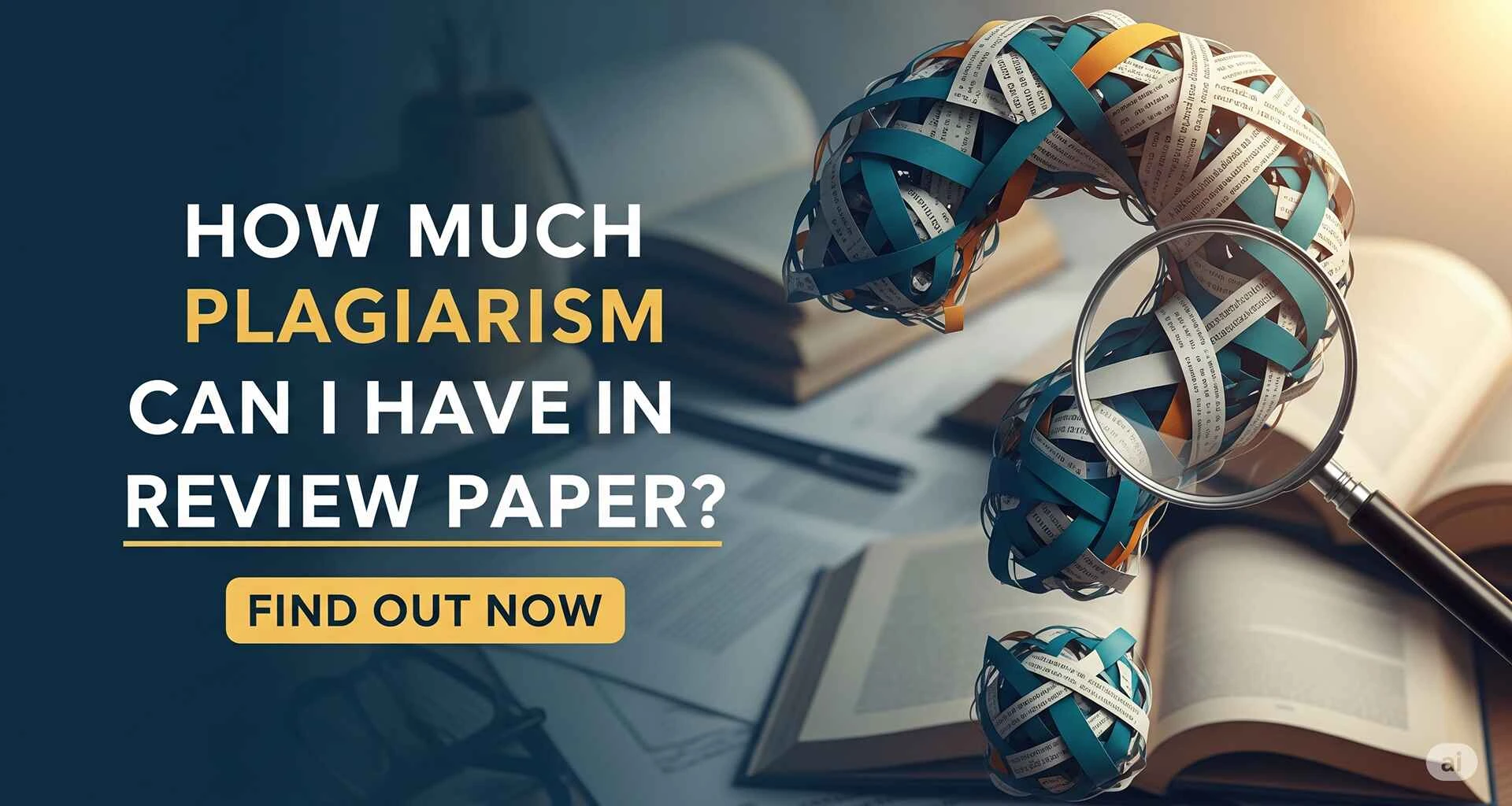
Katy Richard.K
It's imperative for researchers, particularly those engaged in literature-based documents such as review articles, to know how much plagiarism is permissible in a review paper. Most PhD students and research scholars mix up plagiarism and similarity percentage, which creates confusion during submission. This on-page resource untangles that confusion and enables you to comply with academic, institutional, and journal-specific plagiarism policies.
When writing a thesis, research paper, or review article, plagiarism refers to copying someone else's content—ideas, text, or structure without giving due credit. It’s not only unethical but also a violation that can cost your degree or academic reputation.
However, many authors mistake plagiarism for similarity percentage, which is the amount of textual overlap detected by tools like Turnitin, Grammarly, or Quetext. These tools compare your text with existing databases and generate a similarity report.
But don't forget: not everything that is similar is plagiarism. Quotes, citations, and special language that is customary in a given discipline can surface in most papers and remain ethically upright. Most editors personally review reports and use academic judgment to decide whether the overlap is acceptable.
Therefore, although a high percentage similarity can raise an eyebrow, it does not necessarily indicate plagiarism. Recognizing this difference is key to clean academic publishing.
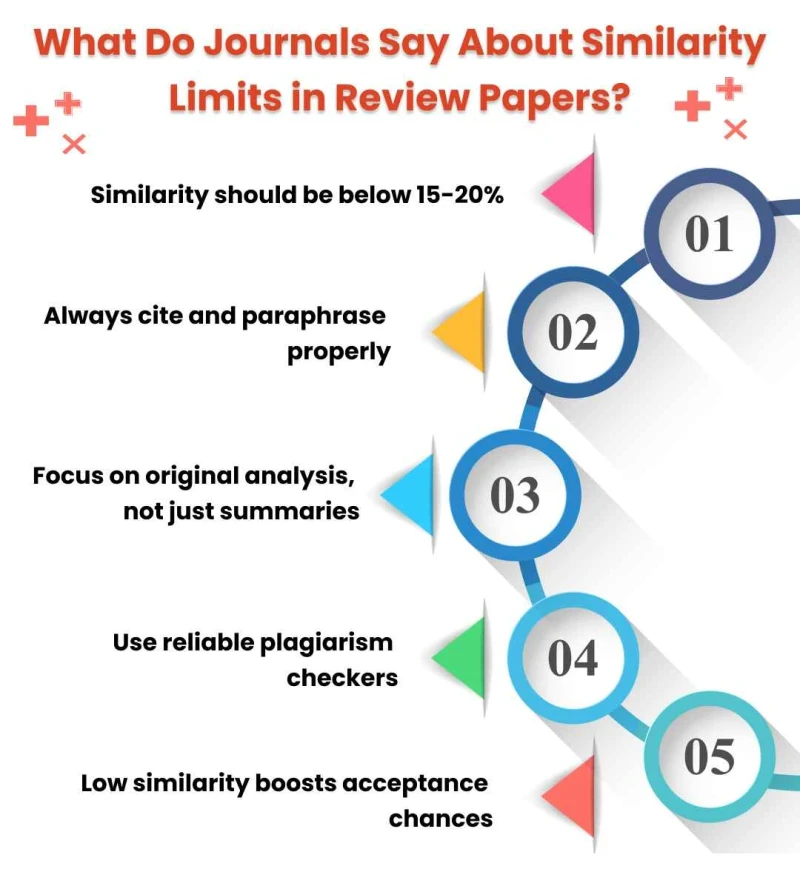
Most journals use plagiarism detection software as a first screen. However, the human editors make decisions based upon context, citation style, and clarity of writing.
This is how major publishers like Elsevier, Springer, Wiley, and Taylor & Francis evaluate manuscripts submitted to review papers;
15% or less is usually acceptable, and they move forward with peer review.
16% to 25% – Conditional acceptance; might need minor revision or justifications.
More than 25% – Usually sent back for significant revision or outright rejected unless the similarity is explained with appropriate citations or technical content.
Although review articles by definition draw on prior literature review, journals still require critical perspective and original scholarly contribution. Simply retelling prior work isn't sufficient—you need to demonstrate interpretation, comparative thought, and your own scholarly eye.
For more details, see our guide on Publishing research paper.
Whether you are presenting a research proposal, thesis, or review paper, universities follow strict plagiarism policies. These are usually categorized in tiers of similarity levels:
Level 0 (≤10%) – Safe zone; regarded as clean.
Level 1 (10–40%) – Revision typically needed; requires proper citation and paraphrasing.
Level 2 (40–60%) – In danger; extensive rewriting required.
Level 3 (>60%) – Critical level; can result in rejection or academic sanctions.
Even if your paper has an acceptable range of similarity, good paraphrasing, citation rule compliance, and source recognition are mandatory. These are clearly spelled out in student handbooks or thesis submission instructions.
For researchers presenting research proposals, strict compliance with these levels and writing etiquette is not a matter of choice for approval.
Being constructed solely on the analysis of existing published work, review papers are more vulnerable to similarity. There are a number of reasons for it:
Excessive citation of existing literature and sources
Specific discipline-specific terminology that recurs
Standardised summaries, frameworks, and theoretical models
Routine applications of frequent academic slogans such as "state-of-the-art", "existing gap", etc.
Even with paraphrasing, such repetition of structure and language can raise similarity scores. In order to prevent this, researchers need to strike a balance between literature summaries and original comment and interpretation.
Your academic voice needs to steer the synthesis—not only what is stated in the literature, but what it is stating in the wider context.
Avoiding plagiarism is not about reducing your similarity score—it's about doing academic integrity well. These are some tips that work to keep you compliant:
Paraphrase in your own words: Redo concepts without copying original sentence structures.
Use quotations minimally: Quote only when the original wording is required—and always cite.
Steer clear of lengthy copied passages: Even with citations, massive blocks of writing diminish originality.
Check drafts periodically: Utilize similarity checkers such as Turnitin, Grammarly, or Quetext prior to final submission.
Manage single-source similarity: Make sure that no single paper is adding over 5% to your similarity rate.
Remove irrelevant sections: Omit the bibliography, references, footnotes, and cover page from the similarity report.
Through these practices, your review paper will satisfy both ethical and editorial standards with assurance.
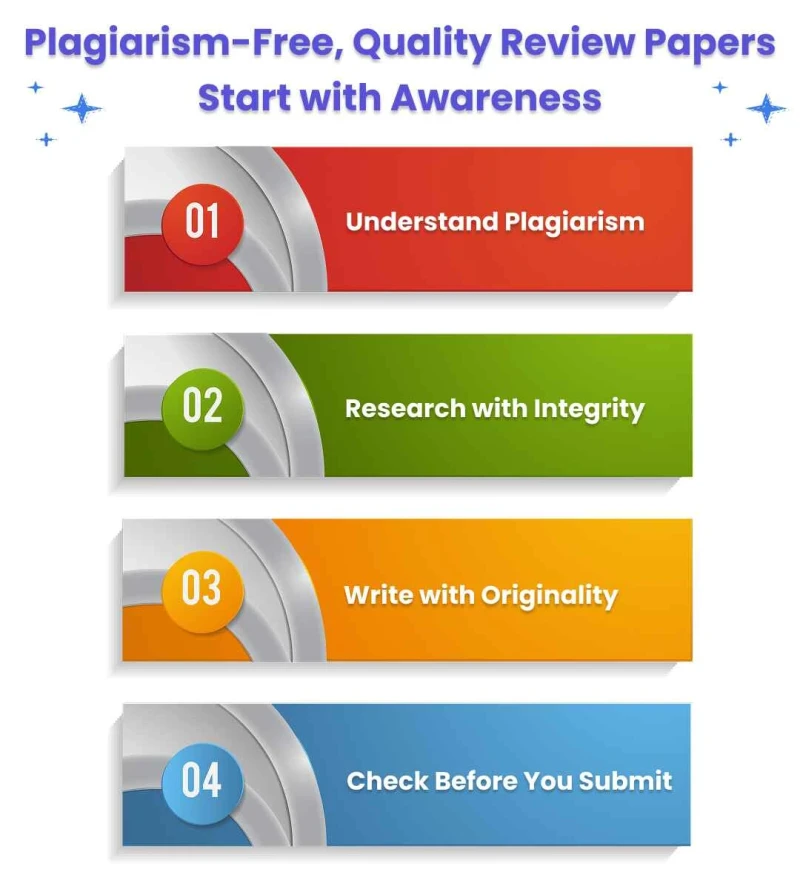
Although textual similarity is to be expected in review papers, plagiarism is never acceptable. Researchers should take the effort to paraphrase, cite responsibly, and critically assess the literature not merely reproduce it.
Academic integrity does not end with copy-paste avoidance; it requires structuring knowledge in manners that contribute value to the discipline.
In case you are uncertain regarding your draft, anticipate assistance from professional academic editors and plagiarism services. With professional guidance, your work can be kept authentic, profound, and publication-worthy.
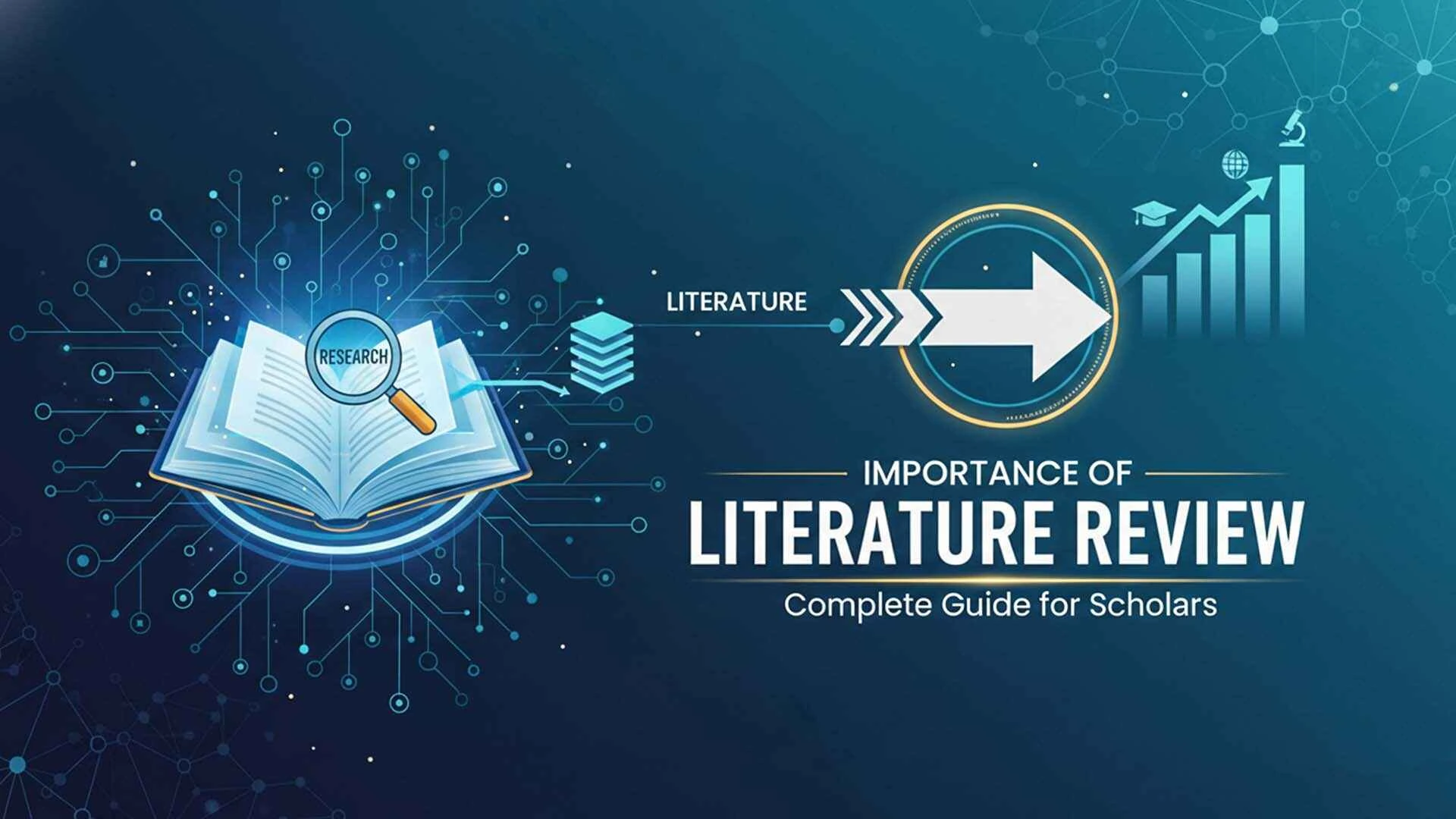
Importance of Literature Review in Research – Complete Guide for Scholars

How to Write a Synopsis for a Thesis: A Complete Writing Framework

Top 5 Best Literature Review Writing Service for PhD Scholars
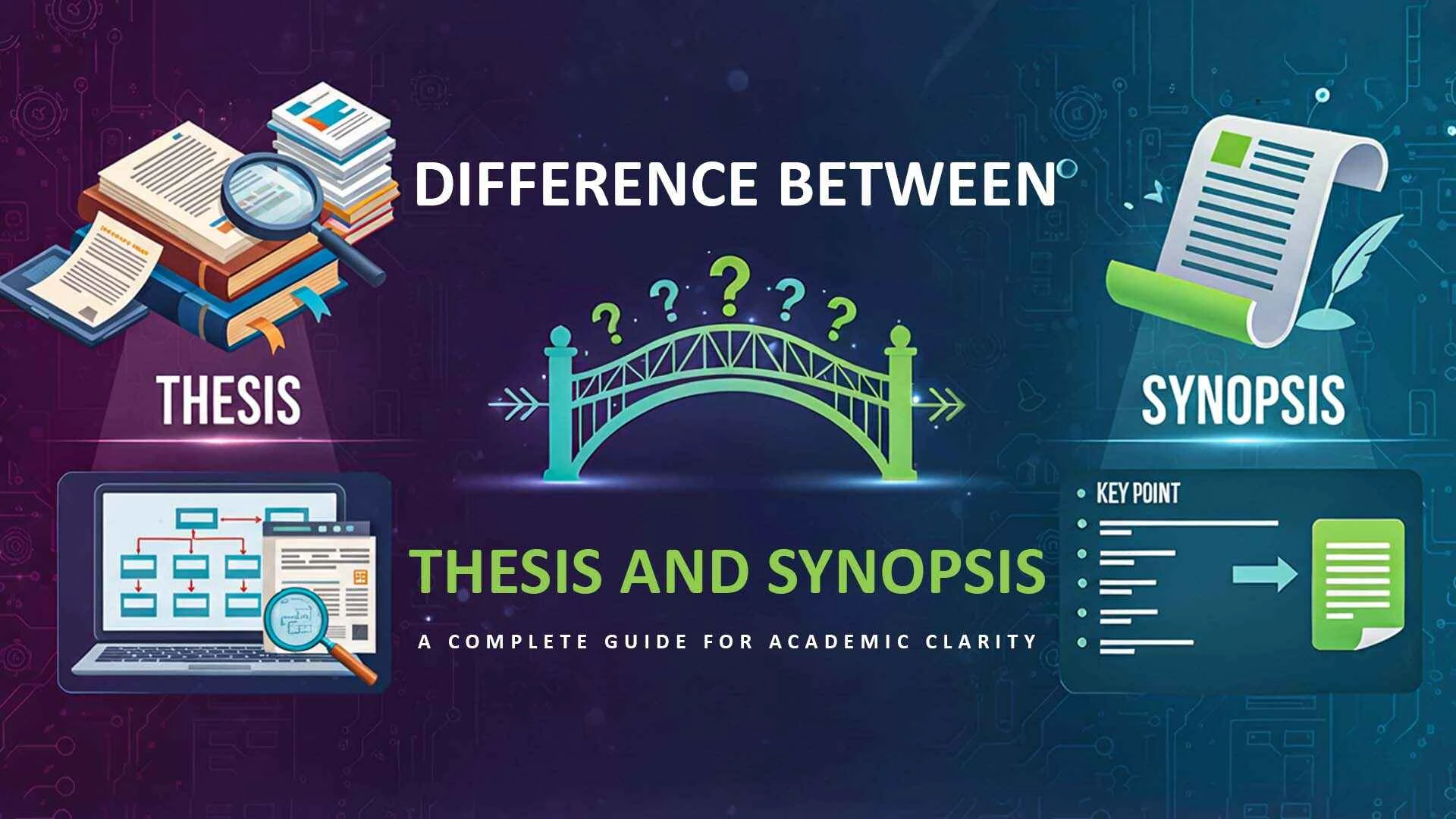
Difference Between Thesis and Synopsis: A Complete Guide for Academic Clarity
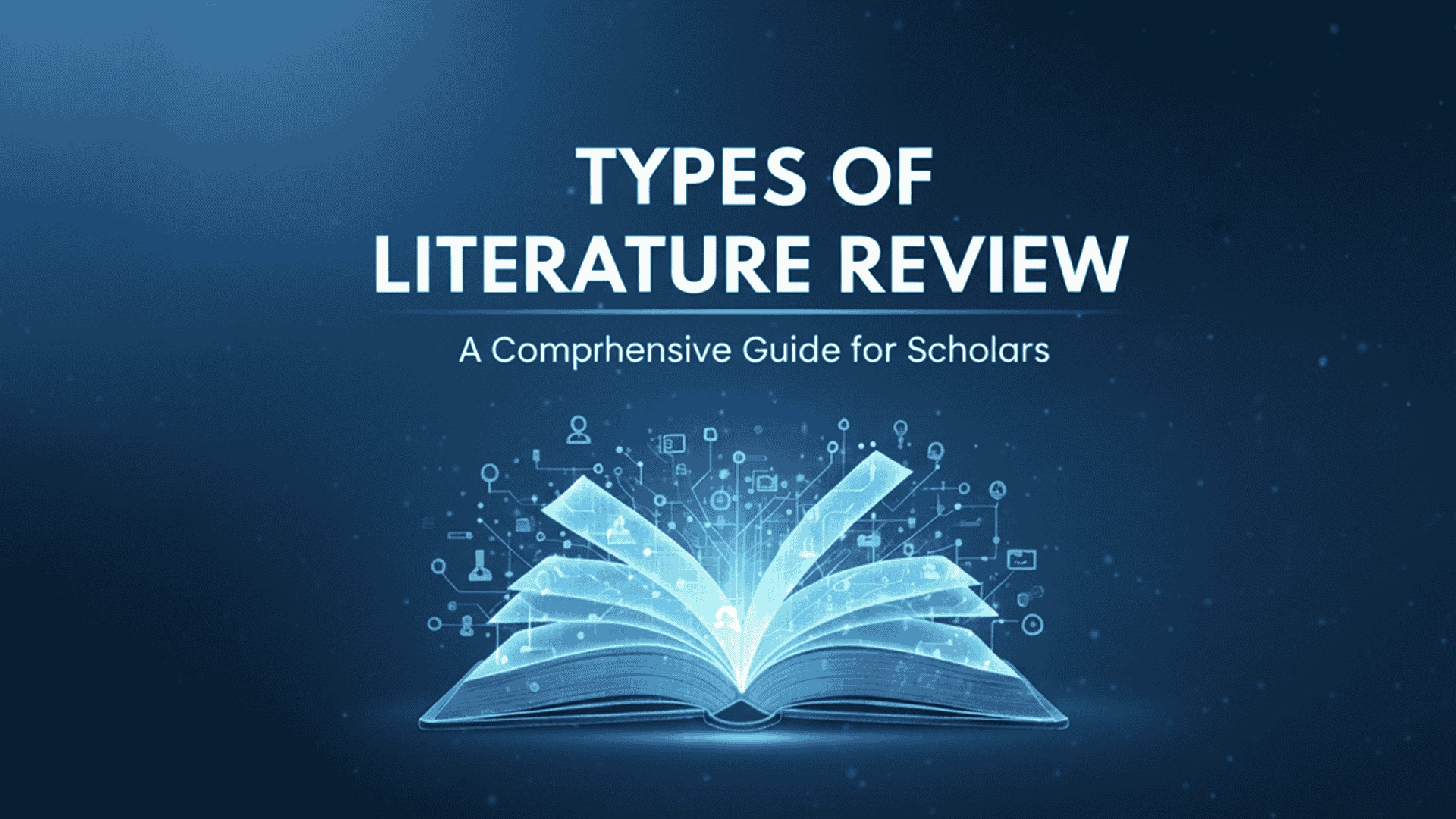
Types of Literature Review Comprehensive Guide for Scholars